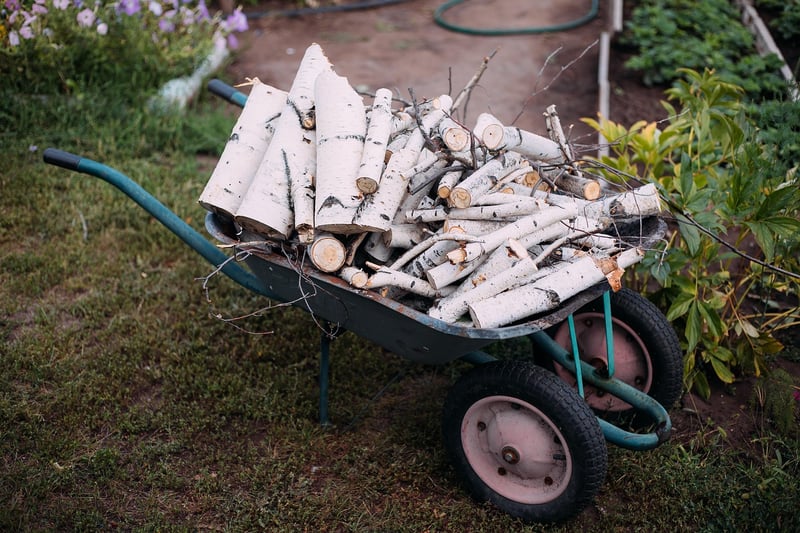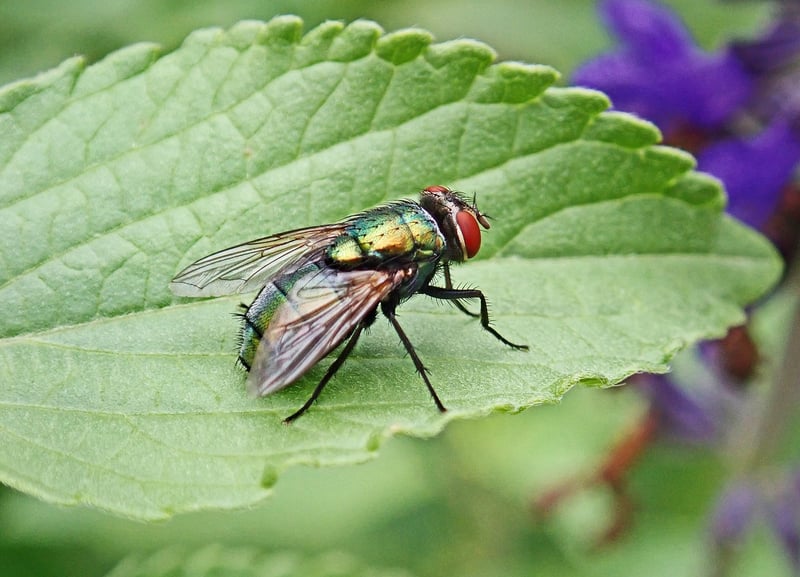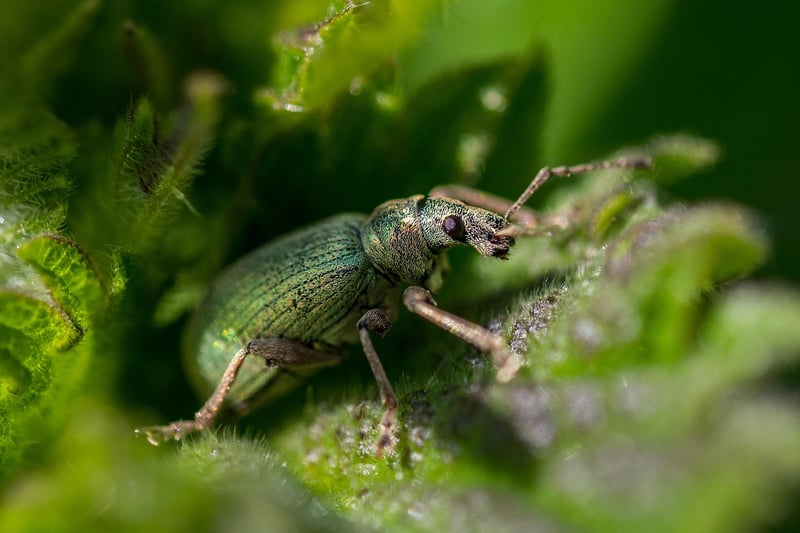Identifying Pests
Protecting Your Plants and Identifying Pests
Welcome to our guide on protecting your beloved plants from pests and identifying common garden intruders. Whether you're a seasoned gardener or just starting, knowing how to shield your plants from harm and detect pests early can make a huge difference in maintaining a thriving garden.
Why Protecting Your Plants is Important
Your plants are susceptible to various pests that can damage or even kill them. By implementing preventive measures and promptly identifying pests, you can ensure the health and longevity of your green companions.
Common Garden Pests
Some of the most common pests that can wreak havoc on your plants include aphids, caterpillars, snails, slugs, and spider mites. These pests can chew on leaves, suck sap from stems, or transmit diseases, ultimately weakening your plants.
Identifying Pests
It's crucial to recognize the signs of pest infestation early to take action effectively. Look for holes in leaves, sticky residue on plants, webbing, or visible pests themselves. Regularly inspect your plants to catch any issues before they escalate.
Protective Measures
- Natural Predators: Encourage beneficial insects like ladybugs and lacewings that prey on garden pests.
- Neem Oil: Use neem oil, a natural insecticide, to deter pests from infesting your plants.
- Companion Planting: Plant pest-repelling herbs like basil and marigolds alongside your vulnerable plants.
- Physical Barriers: Use row covers or netting to shield plants from pests like caterpillars.
Conclusion
By learning how to protect your plants and identify pests, you can safeguard your garden and enjoy a bountiful harvest. Remember to stay vigilant, implement preventive strategies, and address pest issues promptly to keep your plants healthy and thriving.
Happy gardening!


